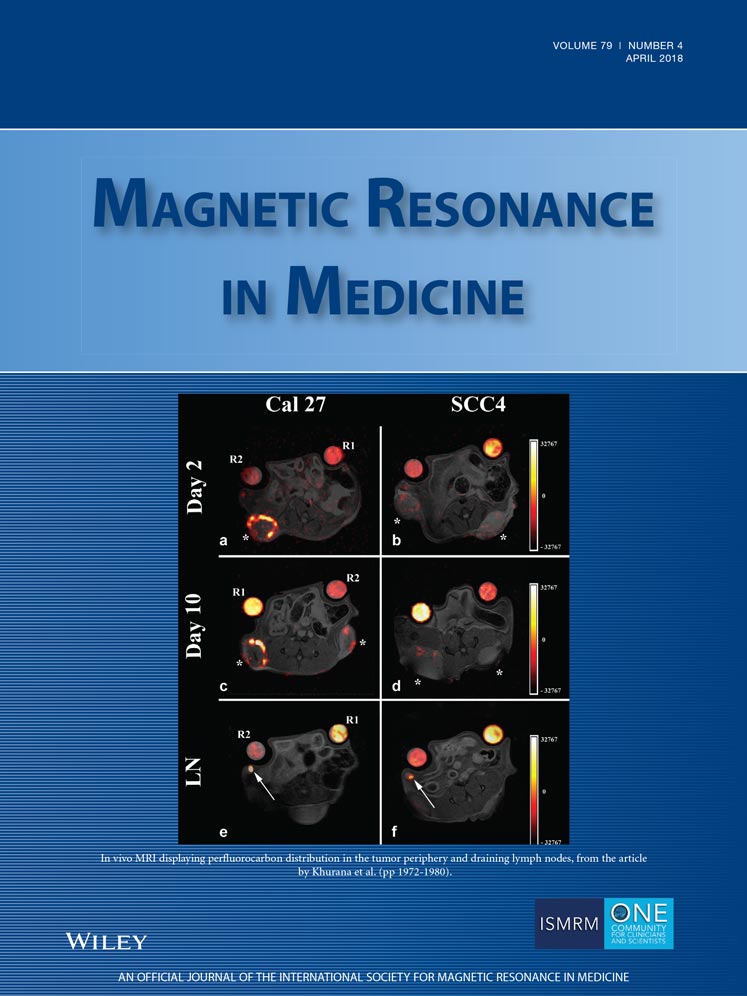Vastly accelerated linear least-squares fitting with numerical optimization for dual-input delay-compensated quantitative liver perfusion mapping
This research was supported by NIH grants R01CA181566, R01NS072370, R01NS090464, S10OD021782, and R01NS095562.
Abstract
Purpose
To propose an efficient algorithm to perform dual input compartment modeling for generating perfusion maps in the liver.
Methods
We implemented whole field-of-view linear least squares (LLS) to fit a delay-compensated dual-input single-compartment model to very high temporal resolution (four frames per second) contrast-enhanced 3D liver data, to calculate kinetic parameter maps. Using simulated data and experimental data in healthy subjects and patients, whole-field LLS was compared with the conventional voxel-wise nonlinear least-squares (NLLS) approach in terms of accuracy, performance, and computation time.
Results
Simulations showed good agreement between LLS and NLLS for a range of kinetic parameters. The whole-field LLS method allowed generating liver perfusion maps approximately 160-fold faster than voxel-wise NLLS, while obtaining similar perfusion parameters.
Conclusions
Delay-compensated dual-input liver perfusion analysis using whole-field LLS allows generating perfusion maps with a considerable speedup compared with conventional voxel-wise NLLS fitting. Magn Reson Med 79:2415–2421, 2018. © 2017 International Society for Magnetic Resonance in Medicine.




